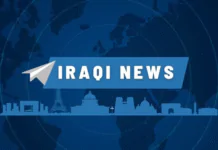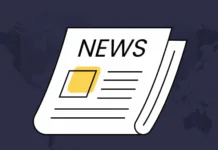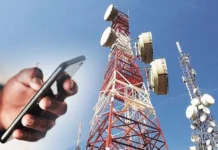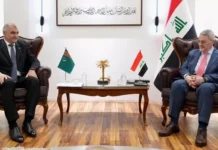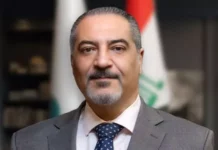Good Evening ,
Peace as Policy: Diplomacy and the Economics of a Global Reset
Cease-fires and summits are not just geopolitical optics — they are economic infrastructure for a new monetary order.
A series of diplomatic signals this week underscore how geopolitical stabilization is aligning with the financial restructuring now underway.
U.S. and BRICS nations are quietly building peace corridors — diplomatic frameworks that reduce risk and unlock capital flows for the next global financial phase.
- Trump’s Budapest Summit Initiative—now slated for early November—will include envoys from Russia, Turkey, and Saudi Arabia, focusing on energy coordination and trade stabilization.
- Turkey’s mediation in Gaza and India’s proposal for a neutral BRICS peace commission both aim to normalize regional trade channels.
- At the same time, the IMF and BIS are promoting “cross-border liquidity frameworks” that could operate seamlessly once geopolitical tensions ease — suggesting policy synchronization between peace and finance.
Each diplomatic thaw creates the stability required for interoperable digital currencies, tokenized reserves, and commodity-backed settlement networks to function globally.
Peace, in this context, becomes a precondition for the financial reset — not its byproduct.
Implications:
The world’s emerging alliances appear less ideological and more infrastructural — geoeconomic partnerships designed to enable a new trade and currency architecture beyond the old dollarized order.
Diplomacy has become the operating system upgrade for global finance.
This is not just politics — it’s global finance restructuring before our eyes.
Seeds of Wisdom Team
Newshounds News™ Exclusive
Sources:
- Reuters – Trump to Host Eurasian Peace Summit in Budapest
- BIS – Cross-Border Liquidity Coordination Report (2025)
- IMF – Peace, Stability, and Market Integration Brief (2025)
~~~~~~~~~
India at the Crossroads: BRICS, Quad, and the Architecture of a Dual Financial Order
As global alliances fracture and converge, India’s decision may determine which system defines the next world economy.
India stands today at the geopolitical and financial crossroads of the emerging global order.
At this week’s ASEAN Summit in Kuala Lumpur (October 26–28), Prime Minister Narendra Modi faces the delicate task of navigating between two rival economic frameworks — BRICS and the Quad.
Each represents a competing vision for the future of finance:
- BRICS is advancing a gold- and commodity-backed digital payments network aimed at reducing dependence on the dollar.
- The Quad, led by the U.S., Japan, and Australia, is reinforcing a tokenized, dollar-based architecture aligned with IMF and BIS digital standards.
Reports from Watcher.Guru and Reuters suggest that India’s participation in both systems is increasingly difficult as U.S. trade tariffs, BRICS currency plans, and Iran’s inclusion test New Delhi’s neutrality. If India tilts toward BRICS, it could accelerate the formation of a parallel financial network centered on resource-backed trade. If it sides with the Quad, it strengthens the digitally centralized Western framework built around tokenized dollars and allied liquidity corridors.
Implications:
India’s balancing act is more than diplomatic — it’s structural. The outcome could determine whether the next global reset takes form as a divided multipolar system or an interoperable hybrid order linking East and West through digital and asset-backed mechanisms.
This is not just politics — it’s global finance restructuring before our eyes.
Seeds of Wisdom Team
Newshounds News™ Exclusive
Sources:
- Watcher.Guru – Modi’s Balancing Act Between BRICS and Quad
- Reuters – India’s ASEAN Summit Participation and Global Positioning
- IMF – Regional Reserve System Studies (2025)
~~~~~~~~~
Seeds of Wisdom Team RV Currency Facts Youtube and Rumble
Newshound’s News Telegram Room Link
Follow the Gold/Silver Rate COMEX
Follow Fast Facts
Seeds of Wisdom Team™ Website
